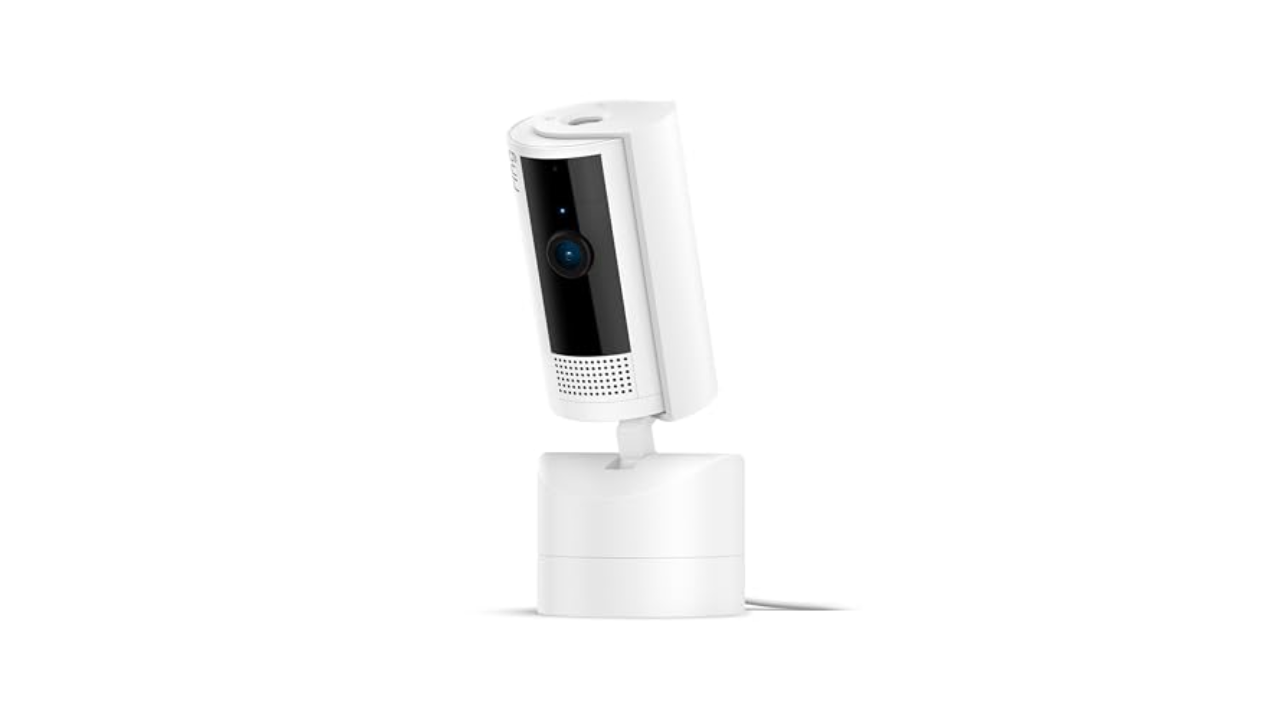Senua’s Saga: Hellblade II shoves hopeless brutality in your face and screams at you to recognize its beauty. Its landscapes are littered with disemboweled corpses and shrines of rotting flesh, and its shadows conceal monsters carrying blood-stained blades. Every chapter in Hellblade II is a parade of suffering and pain, and every scene has a backdrop of taunting whispers. After just a few minutes of playtime it can feel like you’re strapped down, trapped in Senua’s claustrophobic reality on the Icelandic coast, suffocating under the dark waves with her.
And here’s the thing — it is absolutely beautiful.
Hellblade II is a third-person narrative adventure set in Iceland in the 10th century, and it’s the sequel to Ninja Theory’s 2017 game, Hellblade: Senua’s Sacrifice. Senua is a young warrior who hears a cacophony of disembodied voices in her mind, judging her every move. The whispers are a critical and permanent part of Senua’s psyche — a lesson she learned in the first game, after realizing the depths of her father’s abuse when she was a child. In Hellblade II, Senua is figuring out how to live outside of her father’s influence, but his voice still rumbles in her head at inopportune times, drowning out the female whispers that she’s come to view as her allies.
Senua regularly sees the ghosts of the warriors and civilians that have died around her, and she carries their souls as a mental shroud, fueling her intense desire to save as many oppressed people as she can. She has targets right away: Hellblade II opens with Senua and others held captive on a slave ship during a catastrophic storm. The ship is thrown ashore, scattering slavers and the enslaved on the black rocks. This is where Senua finds her sword.
She makes her way inland, where she finds companions and learns about a plague of giants terrorizing the local villages, slaughtering entire communities and destroying precious farmland. Throughout her journey, Senua fights the giants and hordes of human-sized enemies — always one at a time — with a single broadsword and a bit of magic. The whispers provide a constant soundtrack of criticism, encouragement, warnings, fear, anger and doubt, hisses slicing through the silence and interrupting moments of dialogue, inescapable.
Hellblade II is more of an extended, extremely anxious and violent vibe than a traditional adventure game. Its combat is OK, its puzzles are slightly tedious and, emotionally, it’s one-dimensional — but as an interactive brutality visualizer, Hellblade II is outstanding. Senua fights until her pores ooze blood, screaming through each swing of her sword as the whispers surround her, cuing her when to strike and telling her to ignore the pain. Every fight is close combat and one-on-one, warriors waiting in a circle of fog for their turn to rush in, punch her in the face and slice her to pieces. The sounds of flesh smacking against flesh join the whispers and the screen splatters red when Senua is hit. Hellblade II revels in physical violence.
Outside of combat, Senua’s body is sacrificed to the elements, caught in swirling riptides and burned to ash in bursts of hellfire, pieces of broken earth floating around her. Senua steps gingerly into dark pools filled with the ghosts of the damned, shadowy figures wailing and trying to pull her down. A giant’s hand slams to the ground, smashing a body with a wet splat beneath its palm. Reality bends and shatters, and Senua is trapped in torturous, psychedelic nightmares narrated by her father’s booming voice. She burns herself at the stake. Her face fills the screen, panic spewing from her lips and horror sharp in her eyes. In every scene, the whispers persist.
Basically, it’s metal as hell.
I played Hellblade II on Xbox Series S without headphones and on a high-end gaming PC with headphones. The game is stunning in both formats, though of course the details and lighting looked a bit crisper on PC. There may be no laughter in Senua’s life, but there are breathtaking landscapes dotted with delicate shrubs and rough boulders, fine red dust stretching to the horizon. There are towering cave systems lit by the soft glow of blue flames; there are beaches with roiling waves; there are snow-capped mountains backlit by a golden setting sun. The environments in Hellblade II are all phenomenally detailed, which is great news for the game’s Photo Mode.
Whether on console or PC, I encourage every Hellblade II player to wear headphones in order to fully enjoy the binaural audio. In this format, the whispers surround your head as they do Senua’s, spawning from various directions in a terrifying way. With no UI in the entire game, stellar acting from Melina Juergens as Senua, and headphones full of soft, hissing judgements, Hellblade II can get incredibly immersive.
Outside of its aesthetic and tonal merits, combat in Hellblade II is simplistic and sometimes frustrating. The game has pared-down mechanics, and Senua has just a standard and heavy sword attack, plus an evade move, a parry and a special power-up. Timing is everything in battles, and Senua moves sluggishly enough that last-second adjustments rarely land. Additionally, Senua’s special move is — dare I say — overpowered, and it basically guarantees she’ll kill whatever minion she’s fighting. Between the annoying timing structure and a too-strong power-up, it’s difficult to find a rhythm with any enemy in Hellblade II. That may indeed be a rhythm to be found in these battles, as demonstrated by the original Hellblade, but I couldn’t identify it in my initial playthrough.
The most successful puzzles in Hellblade II involve Senua magically changing the landscape around her, focusing on specific vortices to manifest platforms where she needs them. These riddles aren’t particularly challenging and they don’t gain layers of complexity as the game progresses, but their settings are gorgeous, generally contained to cave systems that glow like the night sky. The game’s most annoying puzzles are the symbol-hunting ones, where Senua has to find pieces of an ancient language in the environment. These moments feel like filler; they don’t advance the story in any meaningful way and they make me squint at the screen uncomfortably. That last one might be because I need new glasses, but still, I could do without the symbol-seeking puzzles entirely.
Hellblade II uses a limited set of inputs — just directional, sprint, focus and interact — and portions of it are fully playable with one hand, whispers shadowing Senua’s steps. Everything that Senua does is cloaked in apocalyptic framing; every conversation she has, whether with herself or her companions, is drenched in anxiety and urgency. There is no joy in Senua’s life, no respite from the pressure to save everyone, nowhere to run from the guilt that already weighs heavily on her mind. Senua’s singular emotion is desperation, her trauma is repeated over and over, her ghosts are explained again and again.
It’s as if Ninja Theory built Hellblade II to be an art installation at a busy museum — like they expected its audience to be milling in and out of the room, paying attention for spurts at a time, and they wanted to make sure every scene told the full story. Though Senua gathers a few allies along her journey, every character in this harsh world feels transitory, and their presence lacks lasting impact. Hellblade II is stuck at 11 on the emotional scale and it doesn’t offer any opportunities for falling or rising tension, causing its climax to fall a bit flat. The final scenes are epic, like the rest of the game, but they also feel like… the rest of the game. So much so, that I was surprised when the credits started to roll.
As a side note, I’ve never had a game trigger my phobia of crashing waves quite like Hellblade II. I had to close my eyes for half of one segment because it involved Senua getting swept up by the raging sea in regular pulses, waves repeatedly crushing her body and the camera, and it was making my stomach turn. This is far from the only deep-water horrorscape in the game, so fair warning.
Hellblade II is an impressive sensory experience interrupted every so often by tedious symbol-hunting puzzles. It’s an epic poem in video game form, violent and timeless.
Senua’s Saga: Hellblade II is available on Xbox Series X/S and PC, included in Game Pass.
Credit: Source link










